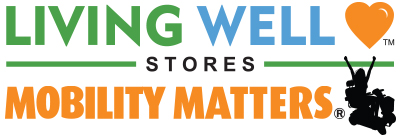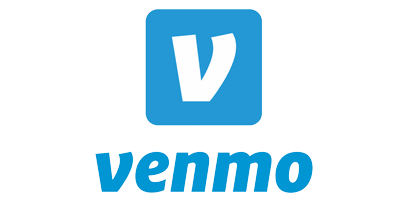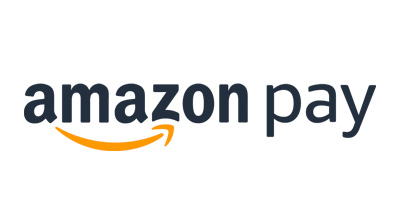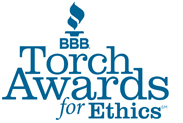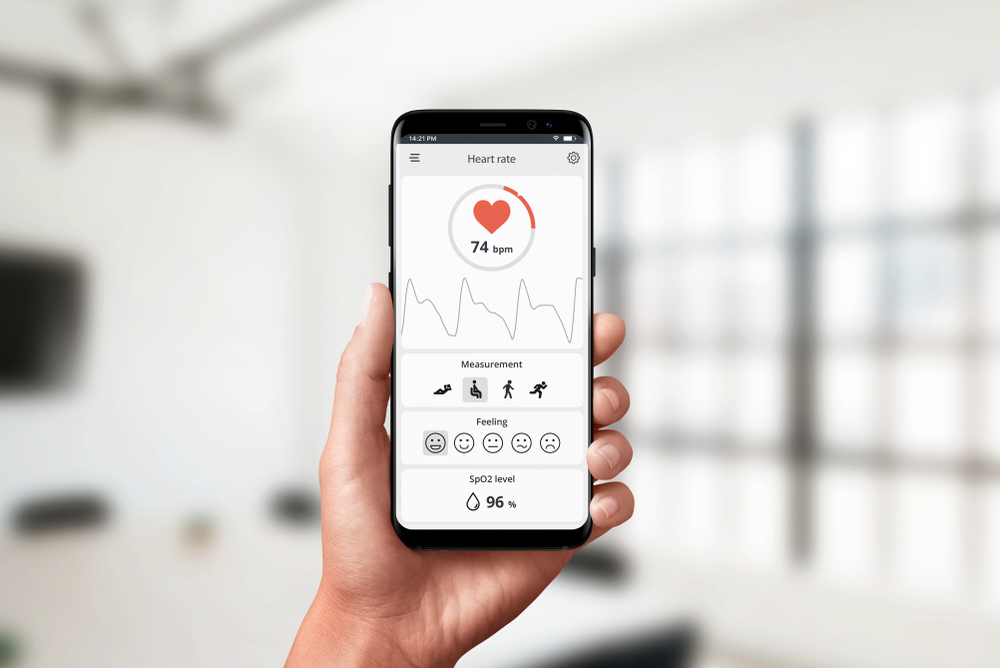
Living Well Stores presents a two-part series on what medical records to save, how long to keep them, and storage methods.
In Part One of the series (click here to read), we presented information on what medical records to save and for how long.
In Part Two, we examine traditional and electronic methods to store your medical records.
When Hurricane Matthew hit our area of Florida in 2016, followed a year later by Hurricane Irma, personal possessions, including paper files, were lost to the floodwaters that inundated thousands of homes. Homes that had never before flooded were deluged. We learned the hard way not to store anything of value where it is vulnerable to Mother Nature.
Despite the move towards a so-called paperless society, there is a convenience to being able to reach out and touch paper records that have been carefully and thoughtfully organized. Having paper and digital copies of records add a layer of security to your storage methods.
Destroying Obsolete Medical Records.
Keeping in mind the storage guidelines presented in Part 1 of this series, remember to periodically destroy records you no longer need. If you have a shredder at home, employ your kids or grandkids to help shred up the latest batch of expired documents. A word of caution if you use a local shredding service: make sure you witness the documents being shredded. I know from personal experience that leaving your documents to be shredded means they could find their way into the wrong hands!
Whether you store records in paper or electronic form, your goal should be to create an organized method to use the information in the documents. A PHR – Personal Health Record – can track your medical history when correctly organized, helping you to make better decisions about your health.
Creating Your Paper Personal Health Record.
If you are someone who tends to be organized, you may already prefer storing paper records using binders, trays, and various types of folders.
If you are not organized, keep in mind that using binders means punching holes, carrying the additional weight of the binders and including tabs to keep binders organized.
Folders typically come with tabs built into the folder or pockets, for accordion-style folders (my preference for paper storage).
Separate the billing documentation from health care data, such as lab and procedure reports, and discharge reports. You may choose to organize health care data by illness, episode, or date. Billing documentation, such as invoices and insurance Explanation of Benefits, are more easily managed by chronological date to track if or when the insurance company has paid.
As you organize paperwork, store the most current records where they are convenient to access, such as a desk or filing cabinet. Long term storage should be in containers not damaged by water and in a location well away from threats by Mother Nature. Remember to periodically recycle and destroy older records using a secure means such as shredding.
If paper record management sounds like a lot of work, consider an electronic Personal Health Record.
Creating Your Electronic Personal Health Record.
An electronic Personal Health Record (PHR or EHR) can include not only past medical events, but it can also capture and report on actions you take to improve your health. For example, your PHR can obtain wellness information from wearable devices and mobile apps as you go about trying to live a healthier lifestyle.
Consider the Apple Health app. It is pre-installed on Apple devices running iOS level 8.0 or higher, and all you have to do to use it is sign up. Apple has taken a holistic approach to capturing your health data to create your PHR by integrating with wearable devices such as smartwatches, or blood pressure cuffs; it also incorporates information from wellness apps such as Calm, for meditation and Medisafe, an app to remind you to take your meds.
But unlike the failed Microsoft health record, Apple has taken its app a step further - the app integrates with health institutions to help you capture files from medical appointments and procedures. Apple's strong privacy values appeal to health care leaders who are concerned that patient data could be sold for advertising purposes. A list of participating health care providers can be found in the app or by clicking here to reach online Apple Support.
For readers who own Android mobile devices, Google Fit is one health app that works on the Android platform, and also works on iOS devices. Google, in conjunction with the World Health Organization and the American Heart Association, developed Fit to help people focus on a healthier, more active lifestyle by motivating you to move and measuring it when you do. A review of FIT’s capabilities – read more here, revealed to me that this app is less focused on collecting medical data from your health record and more about promoting a healthy lifestyle.
Apps for personal health are continually evolving to adapt as health care delivery and optimization change. When you choose an app to accumulate your health records, consider these five factors:
- Which app does your primary health care provider use for patient record portals? By selecting the app where most of your information is already captured, your job to add other medical records to your files will be easier. But before deciding on using someone else's portal, also consider these additional criteria.
- How long the app has been on the market, and how many people are choosing it over other contenders?
- Can you synchronize data from other medical practices? From wearable wellness devices, such as your Fitbit or Apple Watch? From other wellness apps?
- Where is the medical information stored – on the mobile device itself or in the cloud? Apps that store data in the cloud means your data can be accessed by more than just the device you use most often or if you purchase a new mobile device.
- What are the app’s privacy policies and technical specifications to keep your health information secure?
We have selected a list of additional resources for you to read more about creating and maintaining an electronic Personal Health Record. It's an important decision for which you should be well-informed as you consider if it's a direction in which you want to go.
Resources on Personal Health Records:
More tips to organize and store paper medical records can be found here. https://www.recordnations.com/2016/03/organizing-paperwork-what-is-the-best-way-to-store-your-papers-and-documents/
Taking a holistic view of personal health records - https://hitconsultant.net/2019/04/19/what-the-failure-of-microsofts-healthvault-means-for-the-future-of-ehrs/#.Xd5Y0-hKg2w
Health record privacy and Apple Fit – read here. https://www.npr.org/2019/02/27/697026827/storing-health-records-on-your-phone-can-apple-live-up-to-its-privacy-values
Want to learn more about Apple Health versus Google Fit apps? Click here. https://www.biotaware.com/blog/google-fit-vs-apple-health-and-how-they-fit-digital-health-industry/
For a comprehensive guide on PHR apps from the perspective of a medical practice, click here.
If you have a question, comment, or idea for an article, email us at [email protected].
